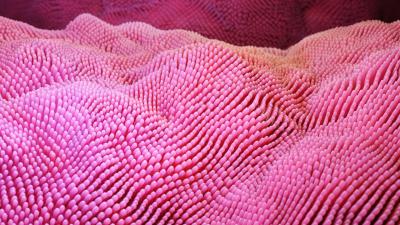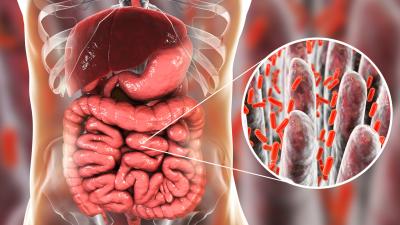An In Vitro Model of the Gut-Liver-Brain Axis for Studying Neurodegenerative Diseases

Study in a Sentence: Researchers modelled the interactions between three different organ systems with relevance to neurodegenerative disease pathology, the gut, liver, and brain, by connecting microphysiological systems (MPS) containing patient-derived cells from these organs.
Healthy for Humans: The causes and mechanisms of neurodegenerative diseases like Parkinson’s disease are not well understood, although environmental and genetic factors have been implicated, and recently a role for the gut microbiome has been hypothesized.
Redefining Research: To better understand the interactions between the gut, liver, and brain (the gut-liver-brain axis) in the context of Parkinson’s disease, an MPS containing patient-derived cerebral cells that express a known Parkinson’s disease causing genetic variant were connected with gut and liver MPSs. The interactions between these model organ systems enhance the ability of the cerebral MPS to mimic real Parkinson’s disease states and provide a promising nonanimal in vitro platform to study neurodegenerative disease mechanisms.








